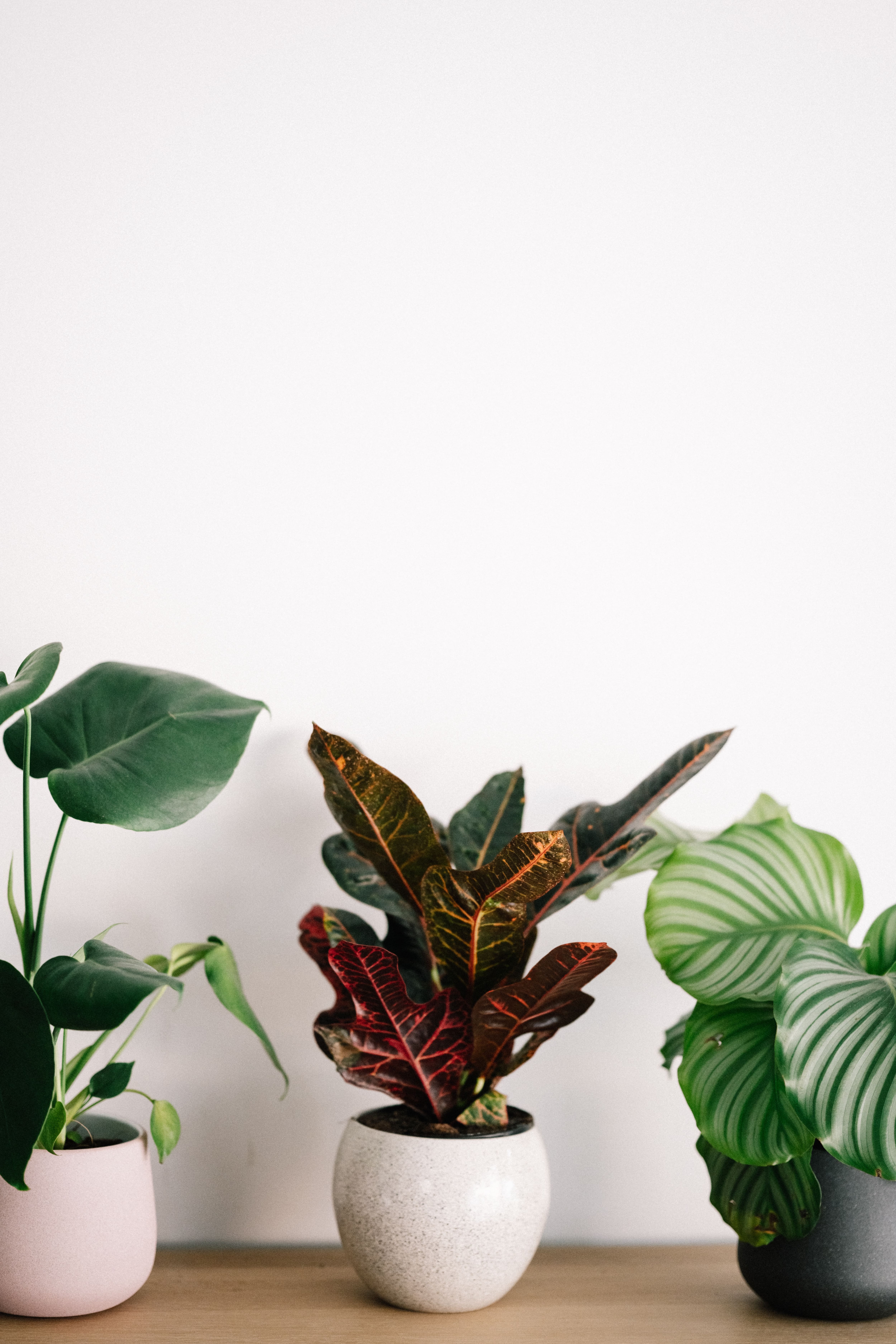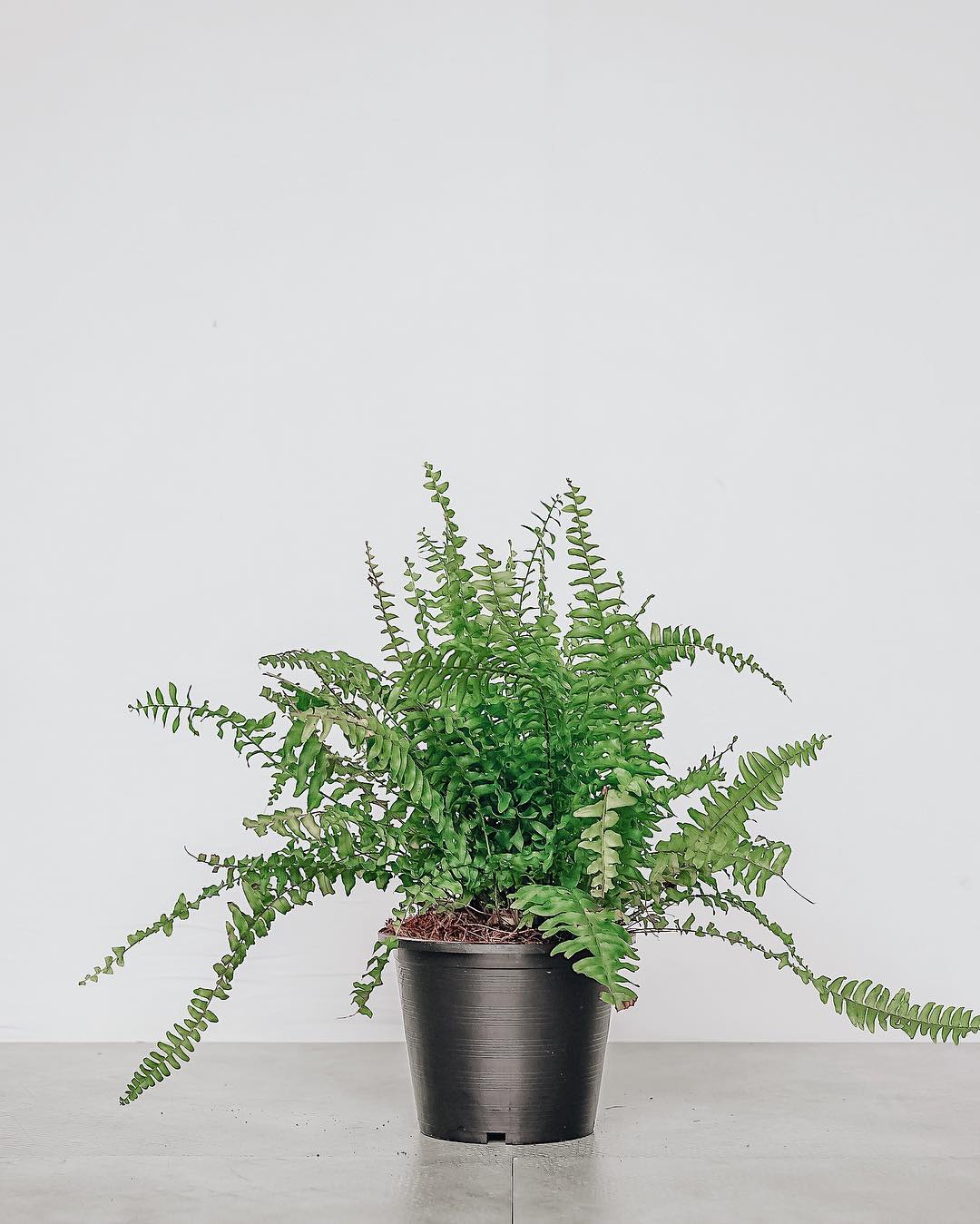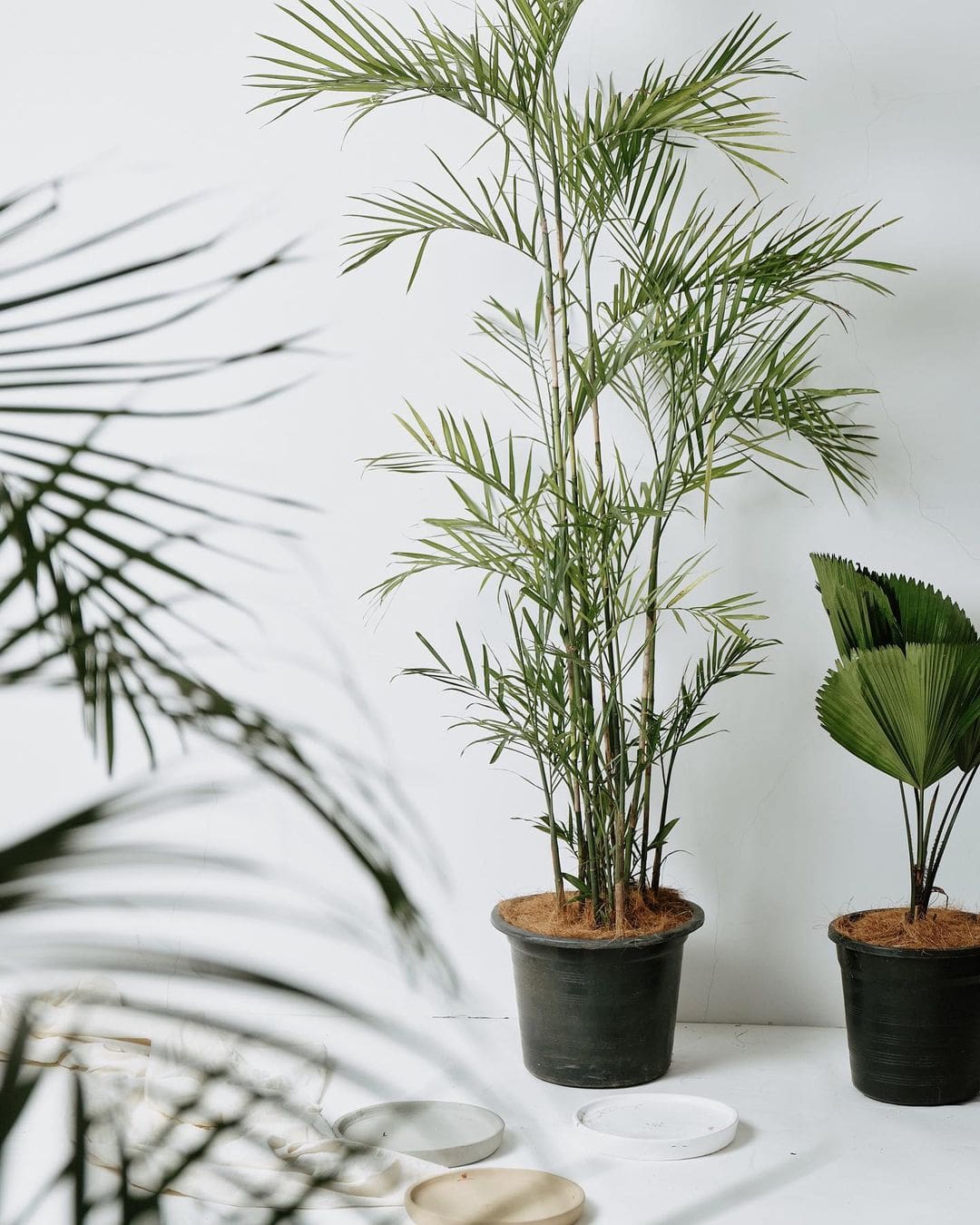Good news, these plants can help purify the air in your home!
Raise your hand if you’ve a) casually referred to yourself as a plantita; b) bought at least one potted plant throughout the pandemic; and/or c) you’ve seriously considered buying a plant, you just haven’t yet. If you were able to relate to at least one description above, well, you’re definitely not alone—and that’s a good thing!
Buying and taking care of plants is definitely a top Trend That Started During the COVID-19.
At this point, we think it’s safe to say there’s just no escaping it. Aside from literally livening up your space, tending to house plants has been proven therapeutic as it provides relief from the many forms of stress we’ve all felt in the middle of a pandemic. What’s more, there is strong evidence of its air-purifying properties based on this heavily quoted NASA experiment from 1989.
According to the study, which utilized benzene and formaldehyde in its tests, it is suggested that “plant roots and their associated microorganisms are the major pathway [sic] for chemical removal.” Further in their conclusion, it is mentioned that “for the soil to be highly effective in removing indoor air pollutants, plants must be growing in this soil. Therefore, the plant is very important in removing indoor air pollution, either directly through its leaves or indirectly through the root/soil pathway.”
Granted, this conclusion has been heavily debated since it was made in the late ’80s. (Many argue that conditions in a lab are too controlled, which leave a lot to discuss when we start considering the results for an actual home where conditions are barely in our control.
However, while we’re all in this journey of plantita-hood or plant mom-hood together, we may as well learn some of the welcome benefits our plant babies bring to our lives—particularly cleaning the air in our home. Here, we list some of the plants featured in NASA’s experiment and where you can get them to help in your quest for better quality air in your living space.
Spider Plant
“Spider plants are tough to the core. This hardy plant makes gardening easy for beginners! It’s also pet-friendly!
Snake Plant
Out of so many house plants to plant, [this] is a must-have. Apart from its good looks and low-maintenance tag, there are many snake plant benefits to talk about!” including “being effective against allergies, removing air pollutants, and absorbing C02 at night.
Boston Fern
With its mass of lush green foliage, the Boston Fern is thought to be one of the best air-purifying houseplants, This evergreen plant not only helps to rid the home of harmful toxins, [but] it [also] improves humidity by helping to restore moisture to the air naturally.
Bamboo Palm
The bamboo palm pumps much-needed moisture into the indoor atmosphere. This palm is also one of the top-rated plants tested for the removal of benzene, trichloroethylene, and formaldehyde.
Peace Lily
Known for its ability to fight against toxic gases such as formaldehyde and carbon monoxide, peace lilies are relatively easy to care for and even show signs of drooping when they need to be watered. They can be mildly toxic to pets and humans, so it's important to wash your hands after touching the plant.
Chinese Evergreen
The Chinese evergreen is an easy-care plant that thrives in low to medium light. It generally grows to one or two feet. Though it helps to maintain healthy air quality in the home, it is important to note that the Chinese evergreen contains an irritant that can be toxic to pets.
Rubber Plant
Bred for toughness, it will tolerate dim light and cool temperatures, making it an excellent house plant. This plant is easy to grow and is great for removing chemical toxins from the indoor environment, particularly formaldehyde.
Pothos
Pothos earned high marks in a NASA clean air study for clearing the air of benzene, formaldehyde, toluene, carbon monoxide, and xylene. These vining tropicals tolerate low light, although it may make their leaves revert to solid green.











